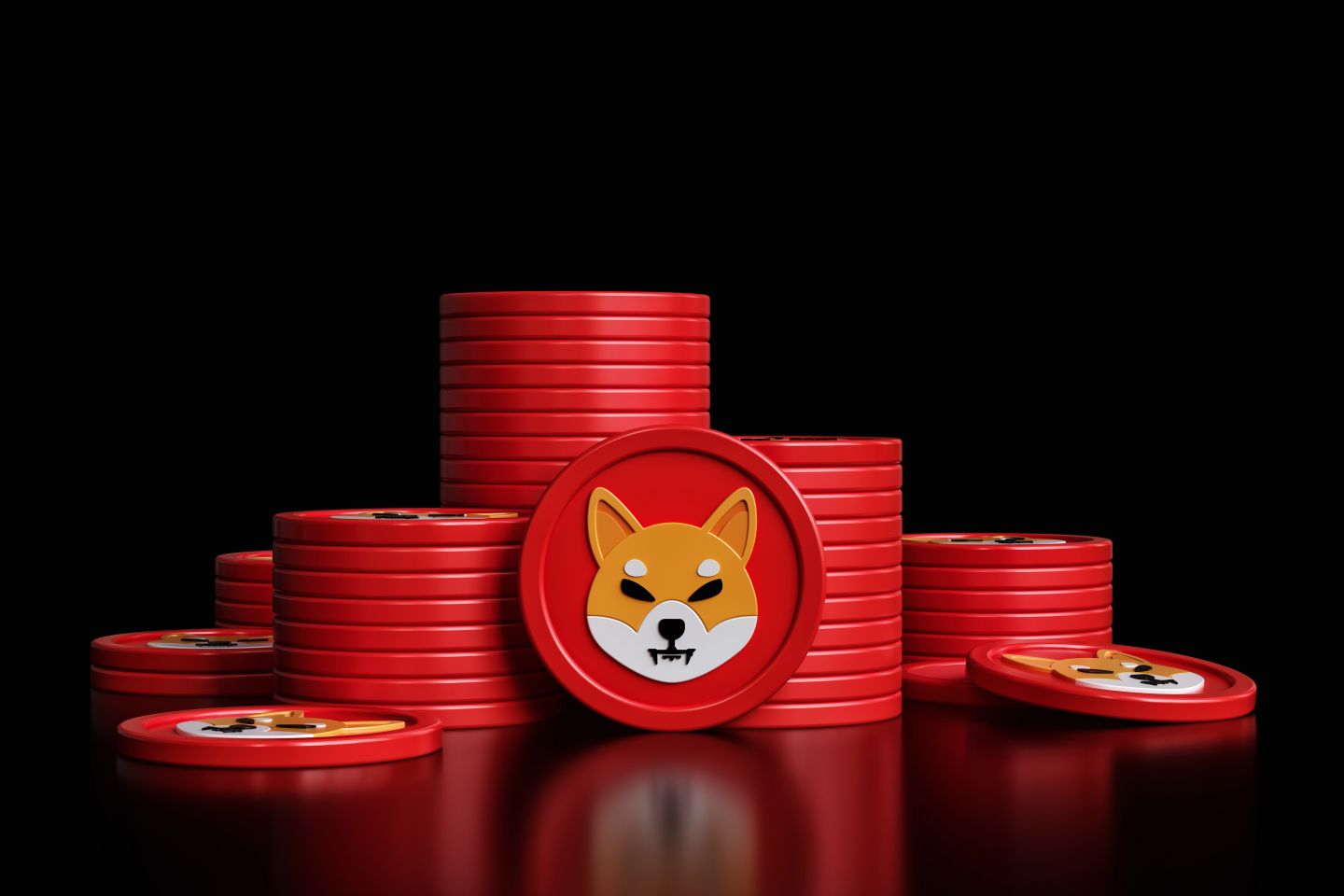How many Shiba Inu coins are there in 2025?
Shiba Inu (SHIB) is one of the most widely recognised community-led cryptocurrencies, noted for its distinctive origins and evolving ecosystem. Although SHIB began as a meme token, it has since introduced practical features such as token burns and decentralised finance (DeFi) integrations, which continue to influence its role within the broader crypto landscape.
Shiba Inu is one of the most well-known community-driven meme coins. So how many Shiba Inu coins exist today, and how much of the total supply is truly held by the community?
What is Shiba Inu?
Shiba Inu (SHIB) was launched in August 2020 as a community-led cryptocurrency project that branded itself as a 'dogecoin killer'. Initially viewed as a light-hearted alternative to other digital assets, it has since evolved into a broader ecosystem featuring the ShibaSwap decentralised exchange (DEX), non-fungible tokens (NFTs) called Shiboshis, and additional tokens such as LEASH and BONE.
Unlike Dogecoin, which operates on a fork of the Litecoin blockchain, SHIB is an ERC-20 token built on the Ethereum network, ensuring compatibility with decentralised finance (DeFi) applications and smart contracts.
The network has continued to expand through Shibarium, a layer-2 protocol on Ethereum designed to improve scalability and reduce transaction costs. As of November 2025, daily transactions on Shibarium had risen by 78%, indicating ongoing ecosystem activity and engagement (U.Today, 18 November 2025).
Past performance is not a reliable indicator of future results.
How many Shiba Inu coins are there?
When Shiba Inu launched, it had a maximum supply of one quadrillion tokens. Half of this – 500 trillion SHIB – was sent to Ethereum co-founder Vitalik Buterin, while the remaining 50% was locked in the Uniswap decentralised exchange to provide liquidity.
In May 2021, Buterin burned 90% of his SHIB holdings and donated a further 50 trillion tokens to the India Covid-Crypto Relief Fund. This burn removed around 410 trillion tokens from circulation, reducing the theoretical maximum supply to approximately 589 trillion SHIB.
Since then, the community has supported several token burn initiatives to further reduce supply. A community burn portal continues to reward users with RYOSHI tokens for burning SHIB, though the burn rate depends on market activity.
As of 19 November 2025, CoinMarketCap data shows:
- Market cap rank: #24
- Market capitalisation: $5.12 billion
- Total supply: 589.5 trillion SHIB
- Max supply: 589.55 trillion SHIB
- Circulating supply: 589.24 trillion SHIB
- Number of holders: 2.88 million
A substantial portion of SHIB tokens – in the tens of trillions – remains staked or locked in DeFi platforms such as ShibaSwap. These staked tokens are excluded from active circulation but can be withdrawn at any time, which can lead to short-term fluctuations in available supply.
Shiba Inu ecosystem and future developments
Beyond tokenomics, the Shiba Inu ecosystem continues to diversify. Shibarium’s rising transaction volume, new NFT integrations, and cross-chain features through BONE and LEASH have sustained community interest and development momentum.
The project’s team also continues to promote DeFi tools and on-chain governance, aiming to position Shiba Inu as part of a broader Web3 infrastructure rather than simply a meme coin.
While burn mechanisms and staking influence supply, SHIB’s long-term value will depend on user adoption, transaction demand and network utility, rather than speculative trading alone.
Final thoughts
As of November 2025, Shiba Inu’s circulating supply stands at approximately 589.24 trillion SHIB. The active burn process and expanding DeFi ecosystem continue to shape its evolving token dynamics.
However, as with all cryptocurrencies, trading or holding SHIB involves risk. Prices can be volatile, and supply metrics may change based on market conditions, staking activity or shifts in network usage.
Always conduct your own research and ensure that any trading decisions align with your risk tolerance, financial situation and strategy.
Create an account Open a demo account
FAQ
How many Shiba Inu coins are left?
As of November 2025, there are approximately 589.24 trillion SHIB tokens in circulation, out of a maximum supply of 589.55 trillion. A portion of this supply is staked or locked in decentralised finance (DeFi) platforms, temporarily reducing the number of tokens actively available in the market.
How many Shiba Inu coins are lost?
Roughly 410 trillion SHIB tokens have been permanently removed from circulation, primarily through Vitalik Buterin’s 2021 burn and ongoing community-led burn initiatives. These tokens are sent to a dead wallet address, meaning they can no longer be accessed or reintroduced into circulation.
How many Shiba Inu coins are mined per day?
SHIB tokens are not mined. Unlike proof-of-work cryptocurrencies such as bitcoin, SHIB is an ERC-20 token built on the Ethereum network. This means new tokens are not created through mining. Instead, the overall supply may gradually decrease through community burn mechanisms designed to remove tokens from circulation.
Can I trade Shiba Inu CFDs on Capital.com?
Yes. Traders can speculate on Shiba Inu (SHIB)’s price movements through contracts for difference (CFDs) on Capital.com. This enables users to go long or short without owning the underlying asset. However, CFDs are traded on margin, and leverage amplifies both profits and losses.